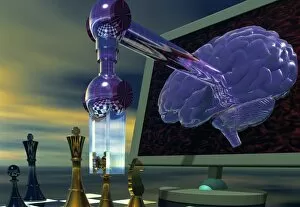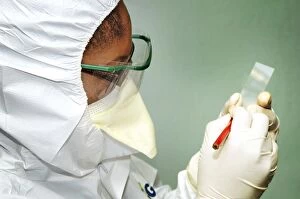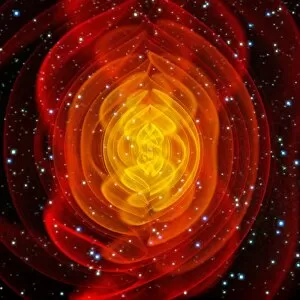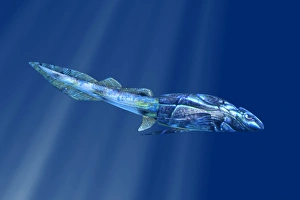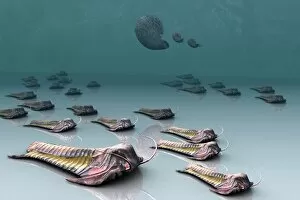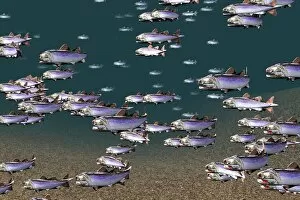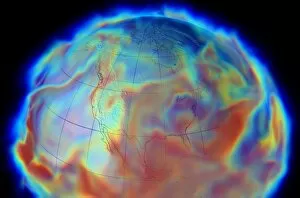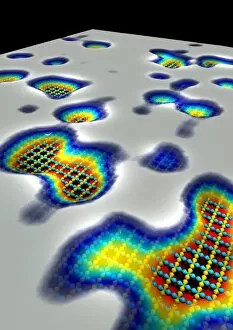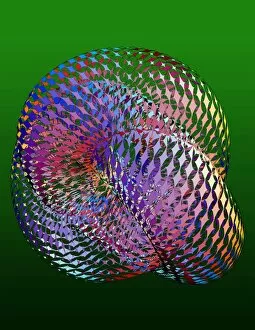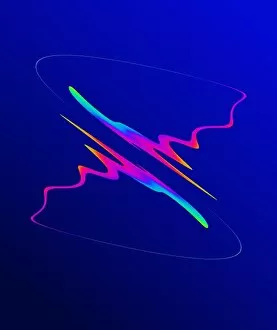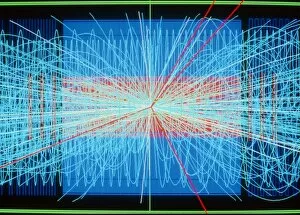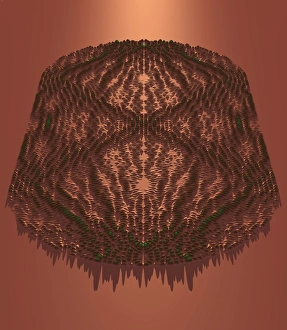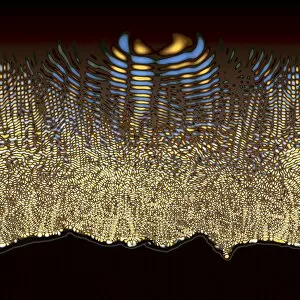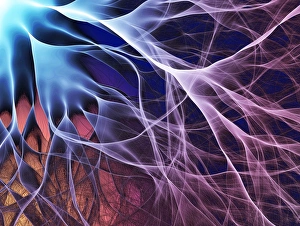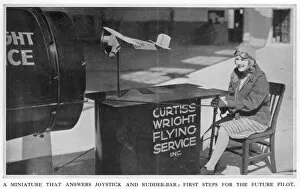Simulation Collection (page 4)
"Unveiling the Unseen: Exploring the World of Simulation" Step into a realm where reality meets imagination, as scientists delve into the intricate world of simulation
All Professionally Made to Order for Quick Shipping
"Unveiling the Unseen: Exploring the World of Simulation" Step into a realm where reality meets imagination, as scientists delve into the intricate world of simulation. From unraveling the mysteries of particle physics to understanding celestial phenomena, simulations have become an indispensable tool in our quest for knowledge. Witness the captivating simulation of Higgs boson production, where scientists recreate elusive subatomic particles within controlled environments. These virtual experiments offer invaluable insights into fundamental forces shaping our universe. Venture further and explore dark matter distribution simulations that shed light on invisible cosmic structures. Through these digital journeys, we unlock secrets hidden among galaxies and decipher their gravitational dance. Embark on a thrilling flight simulator experience aboard the English Electric Canberra T. 17 WK111 aircraft. Feel your adrenaline surge as you navigate through simulated skies, honing your piloting skills with every twist and turn. Travel back in time as simulations bring ancient creatures to life – ammonites gracefully swim across screens, transporting us to prehistoric oceans teeming with vibrant life forms from eons ago. Peer into molecular orbitals through mesmerizing visualizations that depict electron clouds dancing around atoms like ethereal ballets. Such simulations revolutionize chemistry by enabling us to understand complex bonding patterns at an atomic level. Immerse yourself in cutting-edge research as scientists simulate a digital brain – unlocking its intricacies while paving new paths towards artificial intelligence advancements and medical breakthroughs alike. Join forces with police dog handlers who utilize realistic training simulations to prepare their loyal companions for challenging scenarios they may encounter during duty. Witness how these lifelike exercises enhance teamwork between humans and canines, ensuring public safety is upheld effectively. Relive history's most iconic space mission through a stunning simulation showcasing Apollo 11 spacecraft's component parts separation during its monumental journey to the moon in 1969. Experience firsthand this pivotal moment that forever changed humanity's understanding of space exploration possibilities.




